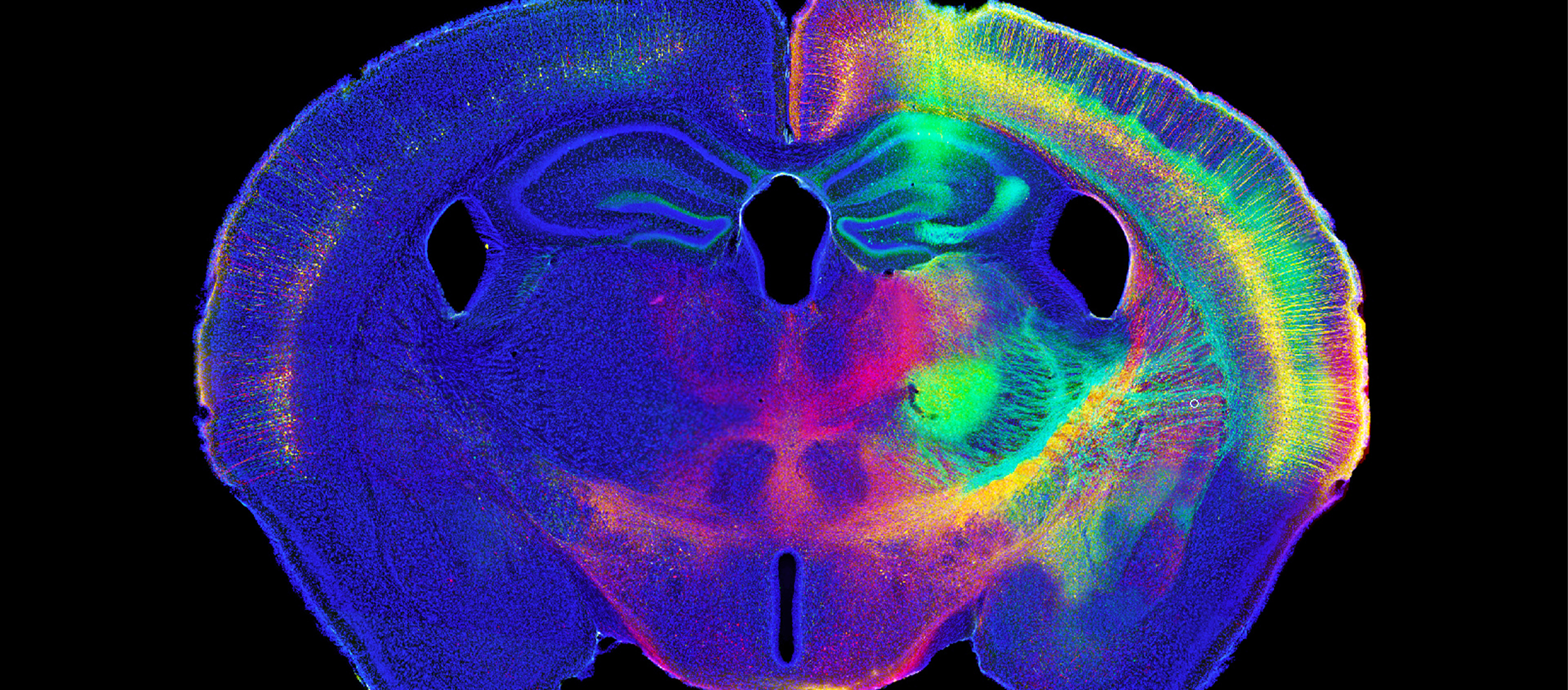[caption id="" align="alignright" width="189"] Overall view of the computer microscope developed by Drs. van der Loos and Glaser (circa 1965).[/caption] Prior to the computer microscope era, quantitative neuro-anatomical studies were performed using the camera lucida method, an optical method allowing the scientist to see the neurons as if reflected on the piece of paper on which she will trace. These studies were painstaking and extremely time-consuming....
Read More
MBF Bioscience Blog
A monkey spots a mango and part of its brain lights up. The action takes place in the inferior temporal cortex, part of the brain that's essential to object recognition. Using retrograde tracing and anatomical imaging, scientists at the National Institute of Neuroscience, and the RIKEN Brain Science Institute in Japan identified two interwoven, yet distinct, systems within the region's complex circuitry. “Our anatomical findings provide evidence...
Read MoreWormLab is already contributing to a variety of research projects from the study of neurodegeneration at Johns Hopkins, to research on neural circuit function at UMass, neurotransmitter transporters at Vanderbilt University, and explorations into how the brain controls growth and fat metabolism at the University of Nevada, Reno. Why? WormLab is intuitive, fast, and yields an astounding amount of data very quickly. Try it with your...
Read MoreRevving engines, blasting sirens, the drummer next door. Despite the myriad sensory stimuli going on around us at any given moment, humans have the ability to stay focused on the task at hand. This skill is due to a part of the brain known as the neocortex, a six-layer structure whose intricate wiring is largely a mystery. But researchers at the University of Virginia just...
Read MoreHumans invent tools, talk to each other, and philosophize, thanks to a part of the brain known as the neocortex. All mammals have it, allowing them to function on a more sophisticated level than animals like geckos and sea anemones. And then there are birds. Avians don't have a neocortex, yet they display higher level processes in their behavior, a characteristic which led Dr. Harvey...
Read More[caption id="attachment_3412" align="aligncenter" width="238"] Original figures published with permission from Dr. Ed Glaser[/caption] In 1963, Dr. Ed Glaser (co-founder of MBF Bioscience) and Dr. Hendrik van der Loos were at the John Hopkins Medical School putting the final touches on the first computer microscope, an analog computer connected to a light microscope. It was described as a system for attaching X-Y-Z transducers to a microscope stage,...
Read MoreImagine if you could switch your depression off like a light. Researchers did it in mice. They used optogenetics to gain more insight into how brain circuits work in cases of depression, and discovered that different types of stress trigger different activity patterns in the same brain circuit. Two papers published recently in the journal Nature describe how neuronal activity in specific brain circuits in mice...
Read MoreAt first, all appears normal with the infant's development. But one day, around her first birthday, she stops making eye contact, her babbling comes to an end, she wrings her hands, and holds her breath. The child will likely survive into adulthood, but with Rett syndrome, she will lead a life with severe disabilities. The symptoms of this autism-related disorder are complex, and treatments are not...
Read MoreA 3D model of a mouse diaphragm appears on the monitor. Blood vessels branch out from entry points around the muscle's periphery, engaging in a graceful choreography with the nerve fibers that radiate from its center. Could these two networks work together to ensure healthy blood and oxygen flow to the muscle? Or do they exist independently of each other, house mates living side by side...
Read MoreThirty-six high school students passionate about neuroscience will be competing at the 4th annual Vermont Brain Bee on February 9th, 2013 at the University of Vermont College of Medicine. Participants will be asked questions about a wide variety of topics: anatomy and development, learning and memory, stress, types of research, neurogenerative disorders, etc. They will also get the opportunity to engage in neuroscience activities and...
Read More










